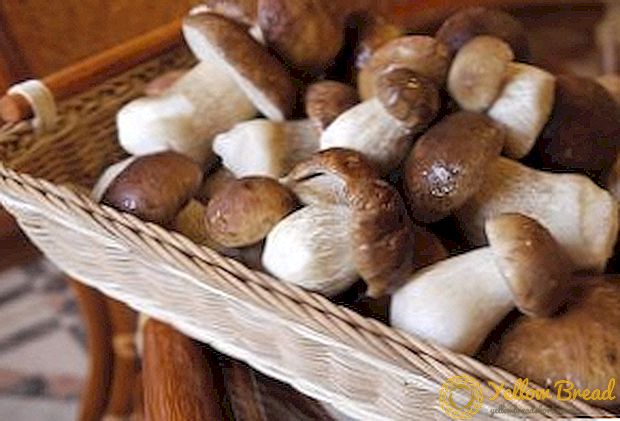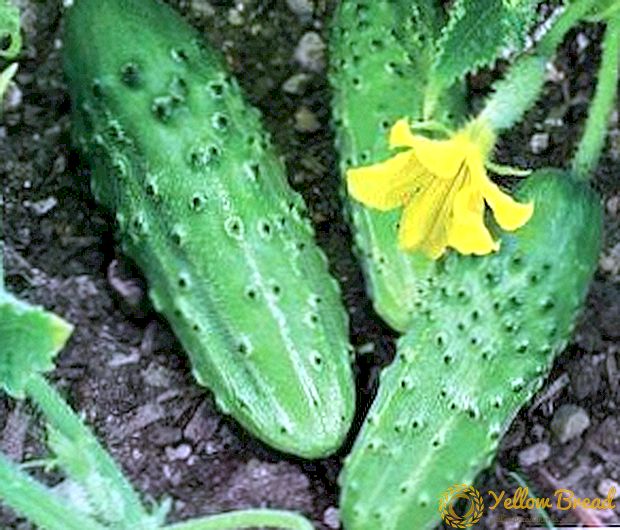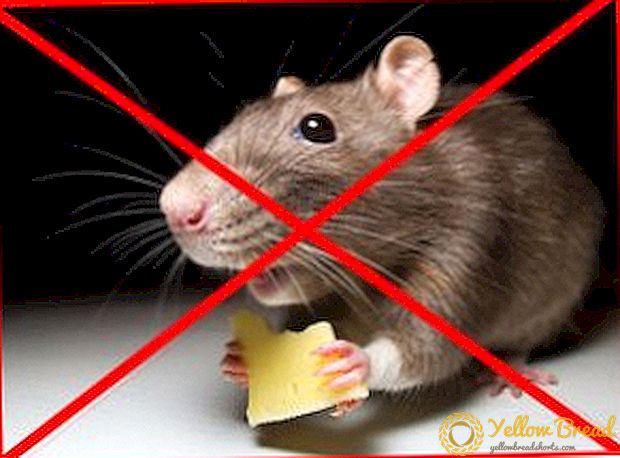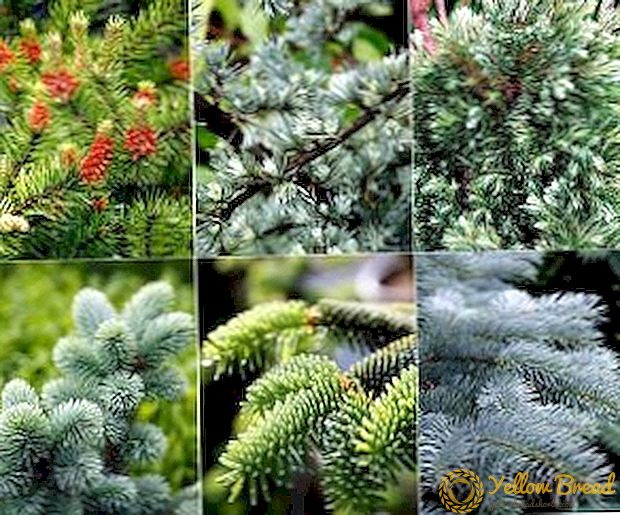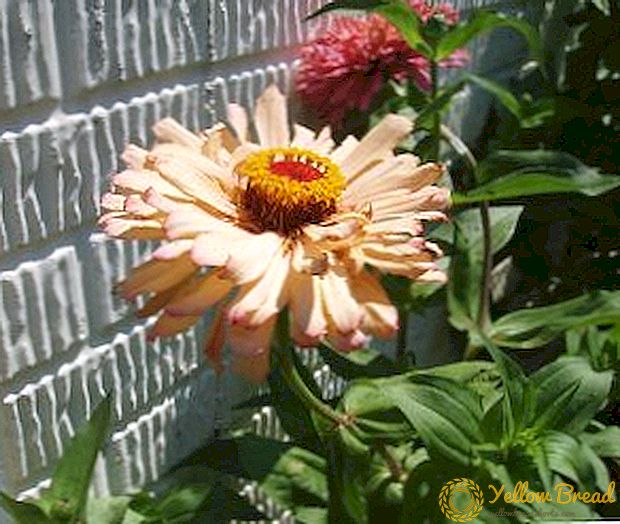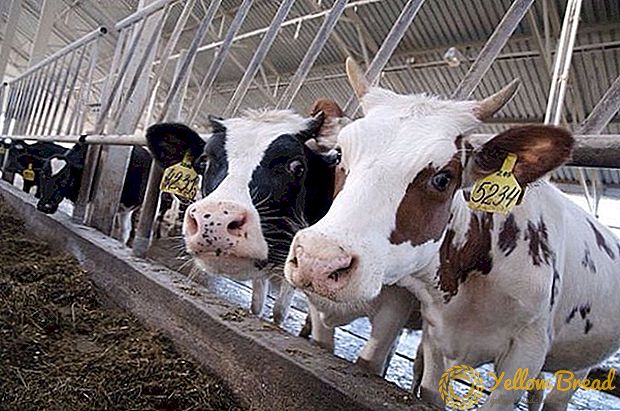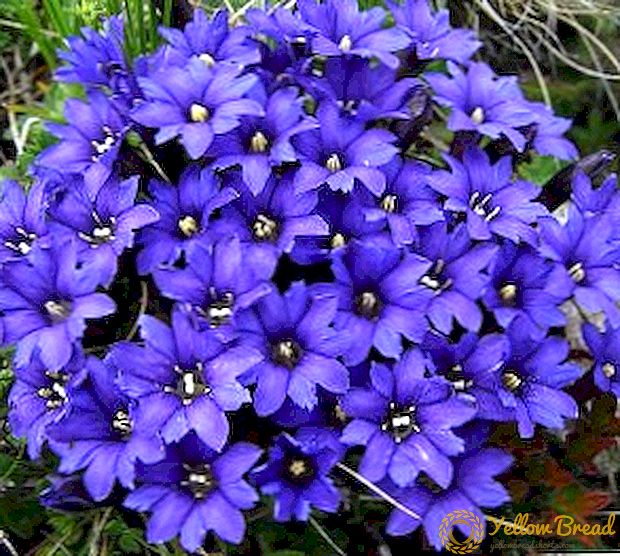 Blue color is a rare guest in the garden farms of our country. It is connected first of all with the fact that cold shades, including blue and blue, attract insects worse, respectively, fewer insects sit on flowers of this color, and they are less pollinated. In this article you can find information about blue garden colors, their photos and names.
Blue color is a rare guest in the garden farms of our country. It is connected first of all with the fact that cold shades, including blue and blue, attract insects worse, respectively, fewer insects sit on flowers of this color, and they are less pollinated. In this article you can find information about blue garden colors, their photos and names.
- Scilla
- Clematis
- Hydrangea
- Lobelia
- Aconite
- Forget-me-not
- Bells
- Geranium
- Petunia
- knapweed
- Lavender
- Delphinium
Scilla
These blue colors are sometimes mistakenly given the names of Lust and Prolesnik, below in the photo you can evaluate their external parameters. This low perennial is very undemanding to the conditions of growth, it multiplies well and is immune to diseases and pests.

Clematis
There are many different types of this flower. There are bushes, grassy perennials, but the absolute majority are climbing vines. Their color range is not limited to only blue shades, including also yellow, red, pink and orange colors.
In the center of the flower are many stamens and pestles. The fragrance exuded by clematis has a similarity with primrose, almond and jasmine. 
Hydrangea
In total, there are about 80 species of this flower: from vines and shrubs to small trees. Hydrangeas can be of different colors: blue, white, pale pink, dark purple, red and cream.
The flowers are collected in inflorescences of various shapes: an umbrella, a ball or a whisk, each has 4 petals, in the center there are pistils and stamens. The fruit is a box with a large number of small seeds. 
Lobelia
Lobelia is a herbaceous perennial flower from the bell family, in the photo you can see its appearance. The most popular type in ornamental gardening is lobelia erinus, also known as lobelia blue and lobelia garden.
Bushes lobelia compact spherical shape, a height of 10-25 cm. The leaves are small, lanceolate, arranged in a regular manner, whole. Flowers up to 2 cm in diameter, placed on short legs, each in a separate sinus, up to 2 cm in diameter.

Aconite
Aconite is a perennial blue flower, also known as a wrestler, a wolf and a skullcap, with the look of a plant you can see the presented photo. It grows, as a rule, in places rich in moisture and humus.

Forget-me-not
This blue garden flower is well known to all residents of the post-Soviet space by the eponymous song by Vyacheslav Dobrynin.It is an annual or perennial herb of rather small size, often heavily pubescent.
The flowers are blue with a yellow spot in the center, usually forming into an inflorescence (curl or brush), consist of a five-lobe calyx and a dish-shaped corolla, in the center there is one pistil and five stamens. The fruit is a coenobius, which, after maturation, disintegrates into four parts that are not welded together. 
Bells
This plant can mainly be found in latitudes with a temperate climate. Its Latin name - Campanula, as well as Russian, appeals to its form and translates as a bell. Extremely undemanding conditions of detention.
Flowers, as the name implies, are bell-shaped, rather large (up to 7 cm), in the center there are three stamens and one pistil.The color varies from blue, purple and blue to white and mauve. 
Geranium
Geranium, also known as pelargonium, has about 400 different plant species, usually represented by shrubs and herbs. These little blue flowers are also called the crane because of the shape of their fruits, which resemble the crane's beak.
The stem is curved, up to 1 meter long. The leaves are located on the petioles extending from the stem, dissected in a variety of ways, palchatolopastnye or palchatorazdelnye, sometimes feathery form with three to five leaves.

Petunia
Petunia is a plant from the family of hairy, the main habitat of which is South America. Hybrid forms, grown as annual crops in pots, were fallen in love with gardeners for their variegated color and rather large, attractive flowers.
In the center of the flower - four or five stamens. The fruit is a bivalve capsule that unfolds after a period of flowering. 
knapweed
This flower is considered weedy and is often found in the fields, forest edges, vegetable gardens and fields. Cornflower is an annual or biennial plant that is quite rarely seen as cultivated in the garden, so you can pretty much surprise your guests by including it in one of your flower ensembles.
Fruit - achene with a red tuft, which is almost equal to it in length. 
Lavender
Lavender in ancient times was used for the process of ablution of the body, which is hinted at by the root of its name - lava, which from Latin means “wash”. Today, only two species of this plant are widely distributed in the world - broadleaf lavender (for ornamental purposes) and narrow-leaved lavender (as a medicinal raw material).
This evergreen perennial has numerous stems that lignify in the basal part and reach a length of 60 cm. The leaves are oppositely sessile, silver-greenish shade with soft pubescence.

Delphinium
This plant is quite close in its biological parameters to another character of this article - aconite. Also known by the name of larkspur and bass. It includes about 450 different species, mostly native to the northern hemisphere.
 Each flower consists of five sepals, the top one has a special cone-shaped spur. Fruits - mnogolistvki.
Each flower consists of five sepals, the top one has a special cone-shaped spur. Fruits - mnogolistvki.
